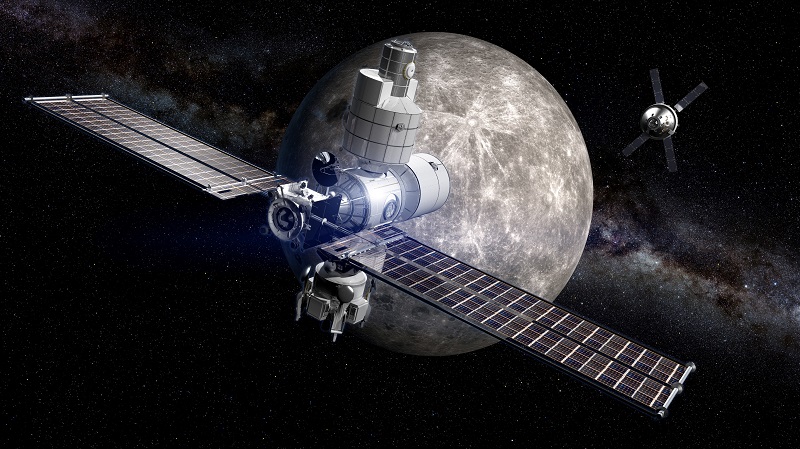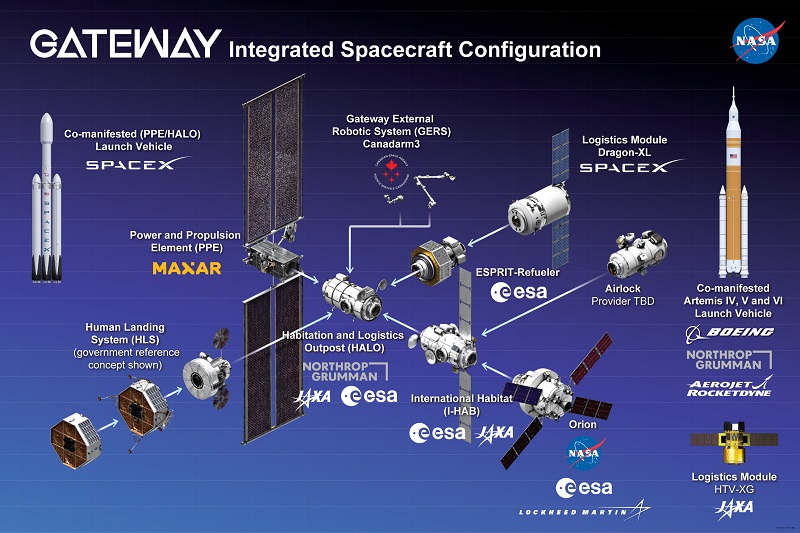
Moon Orbital Station: The Nexus of Possibility and Challenges
Outer space, the last frontier, has been a subject of human intrigue for millennia. From our blue planet, the Moon has always stood out as a tantalizing target for exploration and potential habitation. With advancements in space technology, the concept of a Moon orbital station isn’t just a product of science fiction; it’s a tangible goal that space agencies across the world are keen to realize.
But, while the dream is grand, the practicalities and challenges of establishing a station around our natural satellite are multifaceted. Let’s delve into this celestial ambition, examining both its feasibility and the roadblocks that stand in the way.
A New Frontier: The Allure of Lunar Orbit
Establishing an orbital station around the Moon isn’t just about being closer to our silvery neighbor. Such a station could serve as a springboard for further space exploration, acting as a halfway house for missions aimed at more distant locales like Mars or even beyond. A Moon orbital station can significantly reduce the energy required for such missions, making them more viable and sustainable.
Moreover, a lunar station could aid in more intensive study of the Moon itself. While lunar landings can offer valuable insights, a permanent orbital presence can provide continuous data, aiding our understanding of lunar geology, climate, and potential resources.
Technological Hurdles to Overcome
Life Support and Sustainability
An orbital station must be self-sustaining. This means ensuring continuous life support, which includes air, water, and food for the inhabitants. While systems exist on the International Space Station (ISS) to recycle air and water, food remains a challenge, necessitating regular supply missions.
Radiation and Health Risks
The Moon doesn’t have a magnetic field like Earth’s, which poses radiation challenges. Prolonged exposure to lunar radiation can be detrimental to human health. Adequate shielding and protective measures would be imperative.
Gravitational Concerns
Lunar gravity is only about 1/6th of Earth’s. Prolonged exposure to such low gravity can cause muscle atrophy and bone density loss. Solutions to simulate Earth-like gravity, like rotating sections of the station, need exploration.
Communication and Navigation
Ensuring uninterrupted communication between Earth and the Moon station is vital. While this might seem straightforward, lunar orbits have periods where the Moon blocks direct communication with Earth, demanding relay systems or satellites.
Maintenance and Repairs
A Moon orbital station would be subjected to wear and tear. Regular maintenance and repair missions would be essential, requiring robust systems and perhaps even autonomous robots to address potential issues.

Collaboration: The Key to Success
Given the magnitude of challenges, international collaboration is crucial. Pooling resources, knowledge, and expertise can accelerate the realization of a Moon orbital station. Joint ventures, like the ISS, have showcased the power of global cooperation in space exploration.
Moreover, private entities like SpaceX and Blue Origin are making strides in space technology, potentially playing pivotal roles in such endeavors. Collaborative efforts between governments and these private players might be the push needed to bring the dream to fruition.
Concluding Thoughts: A Dream Worth Pursuing?
While there are undeniable challenges to establishing a Moon orbital station, the potential rewards — both in terms of scientific knowledge and as a stepping stone for deeper space exploration — make it a vision worth pursuing. The journey to make this dream a reality will undoubtedly be arduous, but it’s a testament to human ambition and our eternal quest to explore the unknown.
As technology evolves and global collaboration strengthens, a Moon orbital station might transition from a page of a sci-fi novel into a chapter in our real-life space odyssey.
